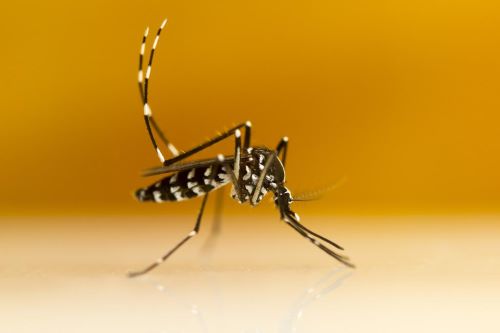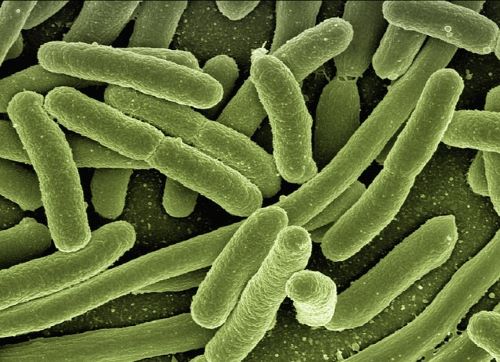Spread
Pathogènes -Area 1
Spread of human pathogens
Escherichia coli, Bactéries

The aim is to decipher the spread of pathogens and the eco-epidemiology of infectious diseases. The methods used are based on the comparison of phenotypes and genotypes of PAs.
These strategies allow us to:
– identify the characteristics of PAs and the environmental and host conditions that favour their spread,
– develop predictive models for the risk of pathogen emergence at different spatial and temporal scales, and develop tools to predict and control current and future epidemics.
Addressing the spread of HA also includes improving primary and secondary screening tools for specific infections and/or their sequelae, including accurately characterising the phenomenon of vaccine hesitancy and improving cervical cancer screening (improving women’s performance and experience) caused by human papillomavirus (HPV).


